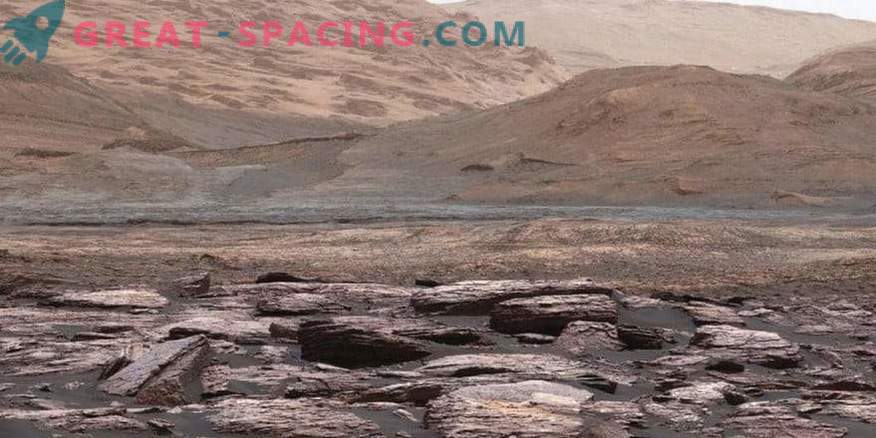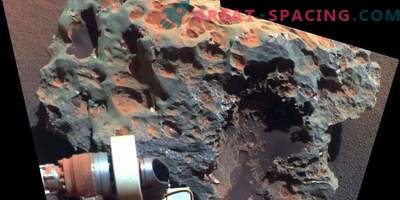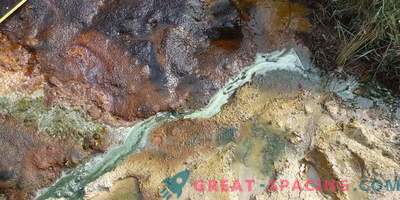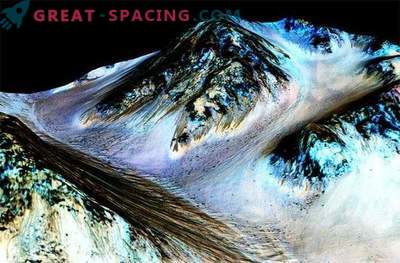
No, this is not an optical illusion. You really see the Martian purple formations. And no, aliens have no relation to this.
Mars, known by the nickname “Red Planet,” naturally looks red. But recently, observations of the NASA Curiosity rover are transmitting new images that appear processed in Photoshop.
The view from the slopes of Mount Eolida to the center of Gale Crater is a typical rocky landscape of our planetary neighbor. However, the fact that the plates in the foreground seem to have a purple hue will most likely come as a shock to those who have been carrying out hundreds of hours to remove the rusty stones surrounding the rover since landing in 2012. Although it looks amazing, the purple hue of the rocks is not some alien residue, but minerals of rocks that show their true colors.
“The violet hue was seen in other rocks, where the hematite instrument of the chemistry and mineralogy apparatus was found,” NASA writes in a statement. “The winds in this part of the rover's journey and this season, as a rule, are so strong that they do not let the stones get covered with dust, which masks the true colors.” This scene is captured in three photos taken with the Mastcam tool on November 10, 2016 on the 1516th Martian day. The image used color correction to show how the landscape will look in terms of daytime color on Earth. This setting helps scientists distinguish between the colors of rocks without a red hue, created by filtering the sun through the Martian atmosphere.
Redness of the planet caused by dust, rich in iron oxide (rust), covering the entire surface. Iron oxide has formed on Mars billions of years - the weathering of abundant iron on the surface and atmospheric oxygen (water in favorable times) created ruddy regolith. Regolith is often mentioned as a Martian soil - it is a powdered stone created after the collision of eons of meteorites with the red planet. Although it is not “soil” in the worldly sense, it is hoped that future colonists will be able to eliminate toxic chemicals from the regolith and enrich it with organic compounds to use for agriculture.
Mars is filled with various minerals, creating a complex and interesting geological history of the evolution of the planet. One of these minerals, hematite (another iron oxide compound), is probably responsible for the violet color. Hematite can be formed by liquid water processes, so its presence was proof that the planet was once warmer and more humid and, therefore, better met the criteria necessary for the emergence of life. The mineral was discovered in several places using orbital missions since 2001, which enabled NASA to determine where the Opportunity should land in 2004. Rover continues to study the Plateau of Meridian to this day. He managed to find a hematite deposit. Curiosity also has specimens confirming the presence of a mineral in the Gale Crater.
Scientists have yet to figure out what are these purple rocks. But their color speaks of the rich geological history of Mars.











































